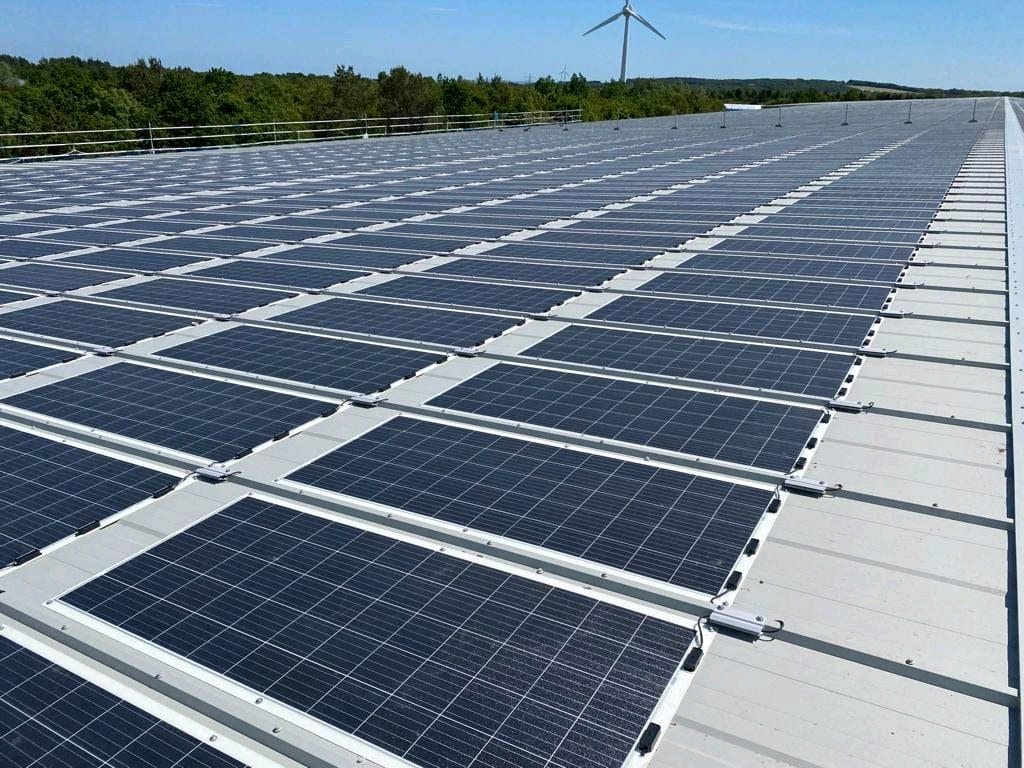

Rooftop solar PV, or photovoltaic, systems work by converting sunlight into electricity using solar panels installed on the roof of a building. Solar panels are made up of photovoltaic cells, which are made from materials like silicon and are able to absorb sunlight and generate an electrical current.
When sunlight hits the solar panels, it creates an electrical field across the layers of the photovoltaic cells. This electrical current is then harnessed by wiring the solar panels together and directing the flow of electricity to an inverter. The inverter converts the DC (direct current) electricity generated by the solar panels into AC (alternating current) electricity that can be used to power the building, stored in batteries or fed back into the electricity grid.
The amount of electricity generated by a rooftop solar PV system depends on a number of factors, including the size and orientation of the solar panels, the amount of sunlight that hits the panels, and the efficiency of the photovoltaic cells. In general, a larger system with more efficient panels will generate more electricity.
Rooftop solar PV systems are a renewable energy source that can provide significant benefits to commercial and industrial properties. They can significantly reduce energy bills by generating electricity onsite and can also help to reduce greenhouse gas emissions and combat climate change.
At Clad-It, we offer a range of rooftop solar PV solutions for both commercial, industrial and retail properties.
Contact us today to learn more about how you can achieve huge energy savings and reduce your carbon footprint and to become a more sustainable business.